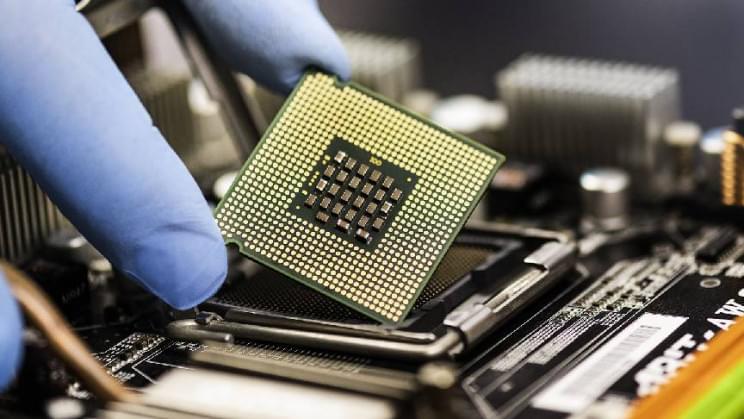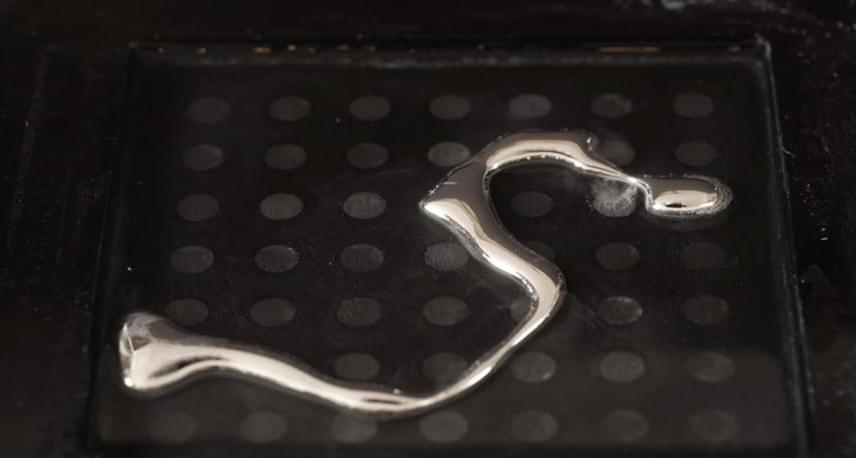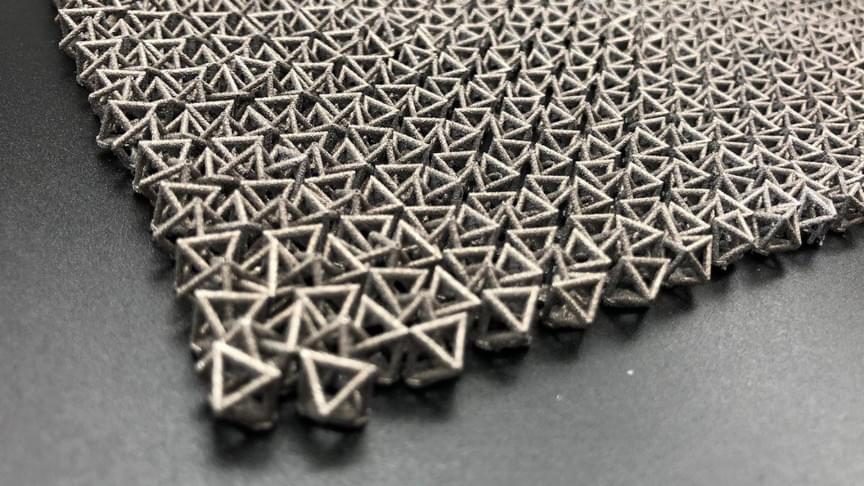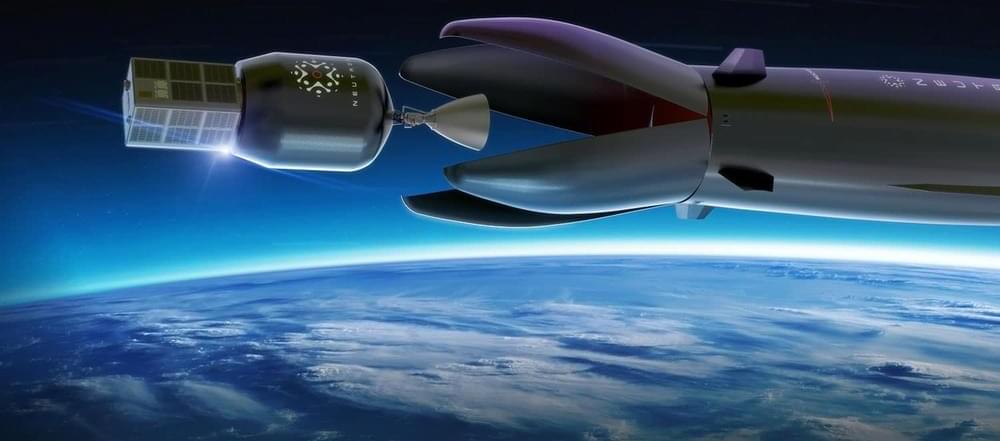Dec 12, 2021
Samsung and IBM Could Break the Nanosheet Threshold in Chips With ‘Vertically Stacked Transistors’
Posted by Gemechu Taye in categories: computing, materials
This design can either double the performance of chips or reduce power use by 85%.
In May of 2021, we brought you a breakthrough in semiconductor materials that saw the creation of a chip that could push back the “end” of Moore’s Law and further widen the capability gap between China and U.S.-adjacent efforts in the field of 1-nanometer chips.
The breakthrough was accomplished in a joint effort, involving the Massachusetts Institute of Technology (MIT), National Taiwan University (NTU), and the Taiwan Semiconductor Manufacturing Co (TSMC), which is the world’s largest contract manufacturer of advanced chips. At the core of the breakthrough was a process that employs semi-metal bismuth to allow for the manufacture of semiconductors below the 1-nanometer (nm) level.

















